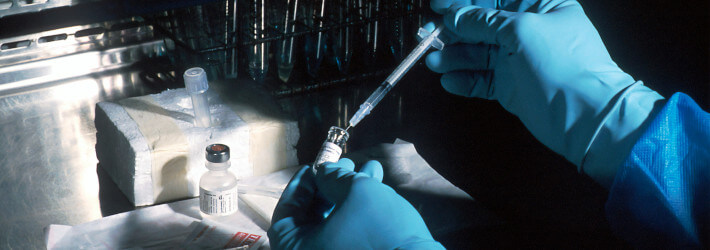Beginning in November 2024, Merck Sharp & Dohme, LLC (“Merck”) requested post-grant review (“PGR”) of 14 patents owned by Halozyme, Inc. (“Halozyme”), with claims directed to modified PH20 hyaluronidase polypeptides, including modified polypeptides that exhibit increased stability and/or increased activity.
On October 10, 2025, the PTAB instituted PGR2025-00046 against Halozyme’s U.S. Patent No. 12,091,692 (“the ’692 patent”). The PGR alleged that the challenged claims of the ’692 patent are invalid as being obvious, lacking written description, and failing to comply with the enablement requirement. Prior to the institution decision, Halozyme disclaimed multiple claims of the patent, including claims 3-4, 6, and 27-28.
On October 16, 2025, the PTAB instituted PGR2025-00052 against Halozyme’s U.S. Patent No. 12,264,345 (“the ’345 patent”); PGR2025-00024 against Halozyme’s U.S. Patent No. 12,060,590 (“the ’590 patent”); and PGR2025-00030 against Halozyme’s U.S. Patent No. 12,054,758 (“the ’758 patent”). The PGRs alleged that the challenged claims of the ’345, ’590 and ’758 patent are invalid as being obvious, lacking written description, and failing to comply with the enablement requirement. Prior to the institution decisions, Halozyme disclaimed multiple claims of some of the patents, including claims 3-5, 16, and 31-35 of the ’590 patent and claims 3-5 and 31-40 of the ’758 patent.
These PGRs institution decisions follow on three earlier PGR institution decisions on related Halozyme patents (previously reported PTAB Grants Institution of Three PGRs related to Merck’s Keytruda Qlex™).
There is one co-pending New Jersey litigation between Merck and Halozyme, Case No. 2:25-cv-03179 (D.N.J.).
Keytruda Qlex™ (pembrolizumab; berahyaluronidase alfa-pmph) was approved in September 2025, and sales data is not yet available.
For more information on this and other biologic patent disputes, please visit BiologicsHQ.com.
_____________________________________________________
The authors would like to thank April Breyer Menon for her contributions to this article.


